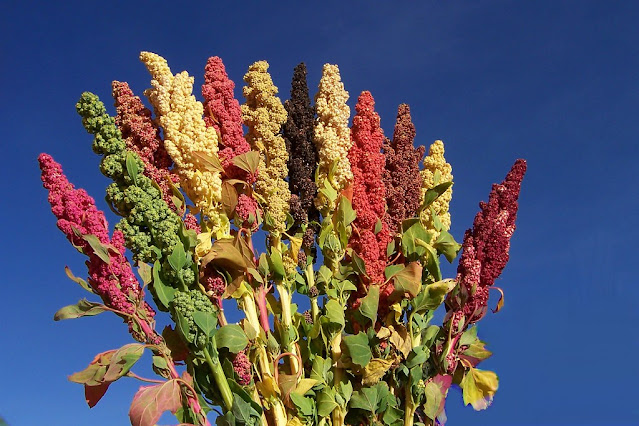Avalanches have a geological trigger
 |
| These snow clad slopes trigger avalanches at the slightest uplift in the rock subsurface below. Mountains are terrestrial fault lines visible overground. They are subject to magmatic uplift and hence avalanches have seismic triggers and geological factors. |
The rocks slide / slope trigger snow slips that lead to avalanche. Surprisingly, preventing land degradation through effective land use planning and re-greening sustainably hold the key to preventing disasters from avalanches to communities living at the base of avalanche prone mountains.
 |
| Here we see rocks rendered into ice and snow. Unstable rock trigger avalanches. |
 |
| The beginnings of an avalanche following a rock slip is visible in this picture. |
 |
A telling picture of geological evidence of an avalanche trigger. |
The hurtling snow is the first wave of the avalanche.
Building roads and highways are a recipe for disasters in avalanche prone areas.
This picture reveals a huge block of snow having slipped off. The only geological evidence here is uplift of the rock mass beneath the surface of the mountain.
The start of avalanches are invariably characterised by rock slips like this.
Rocks gather momentum once the rock slide commences. This triggers avalanche
Here a landslide without snow surface clearly reveals the cause of an avalanche in snow covered winter months.
Powdered snow is actually smaller rock particles rolling down beginning an avalanche slide. As it gains mass and momentum the avalanche is a deathly snow slide that can kill and maim communities downstream.
















Comments
Post a Comment